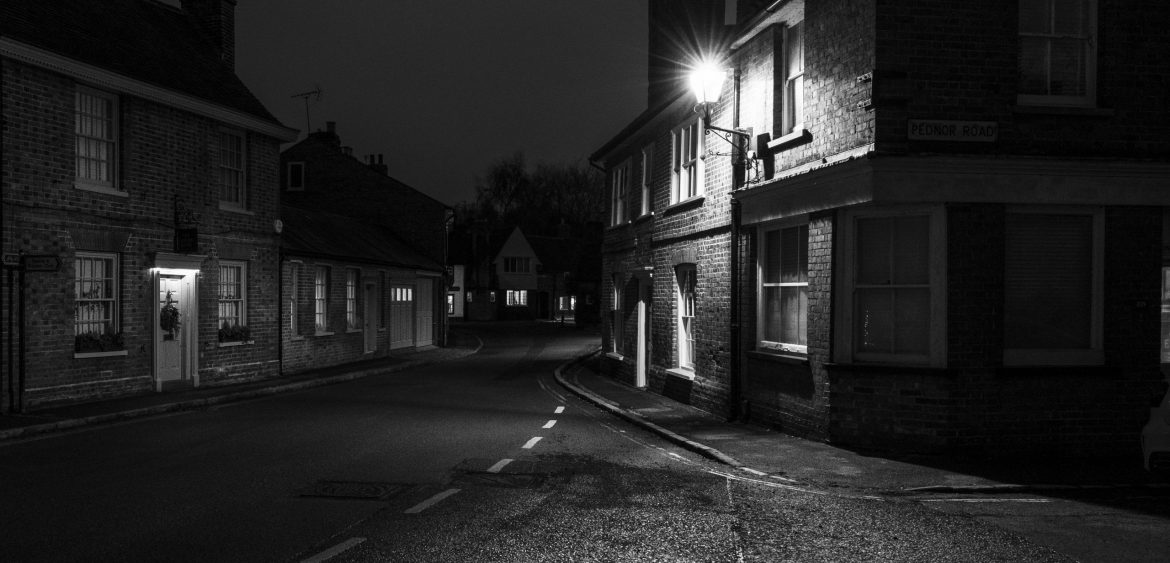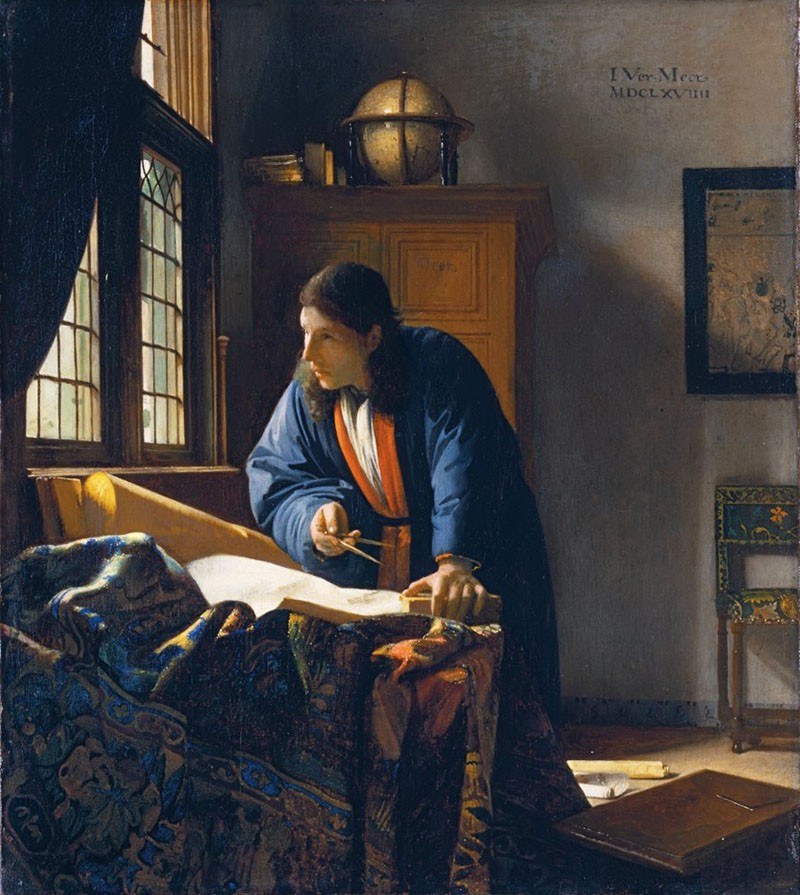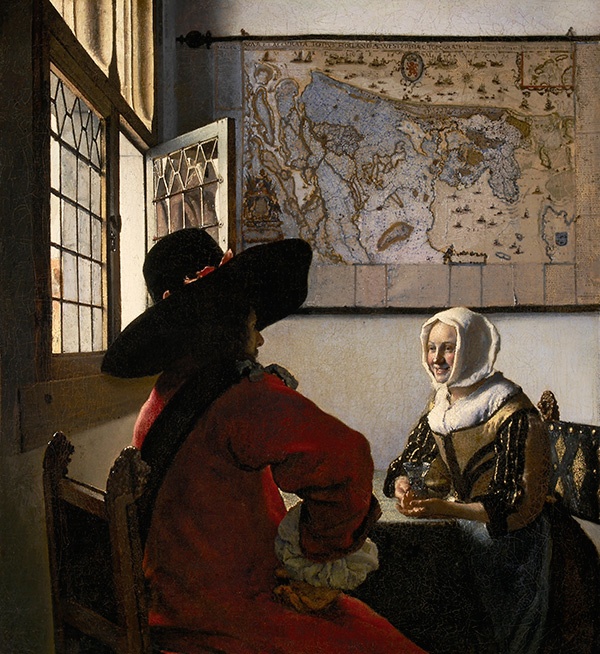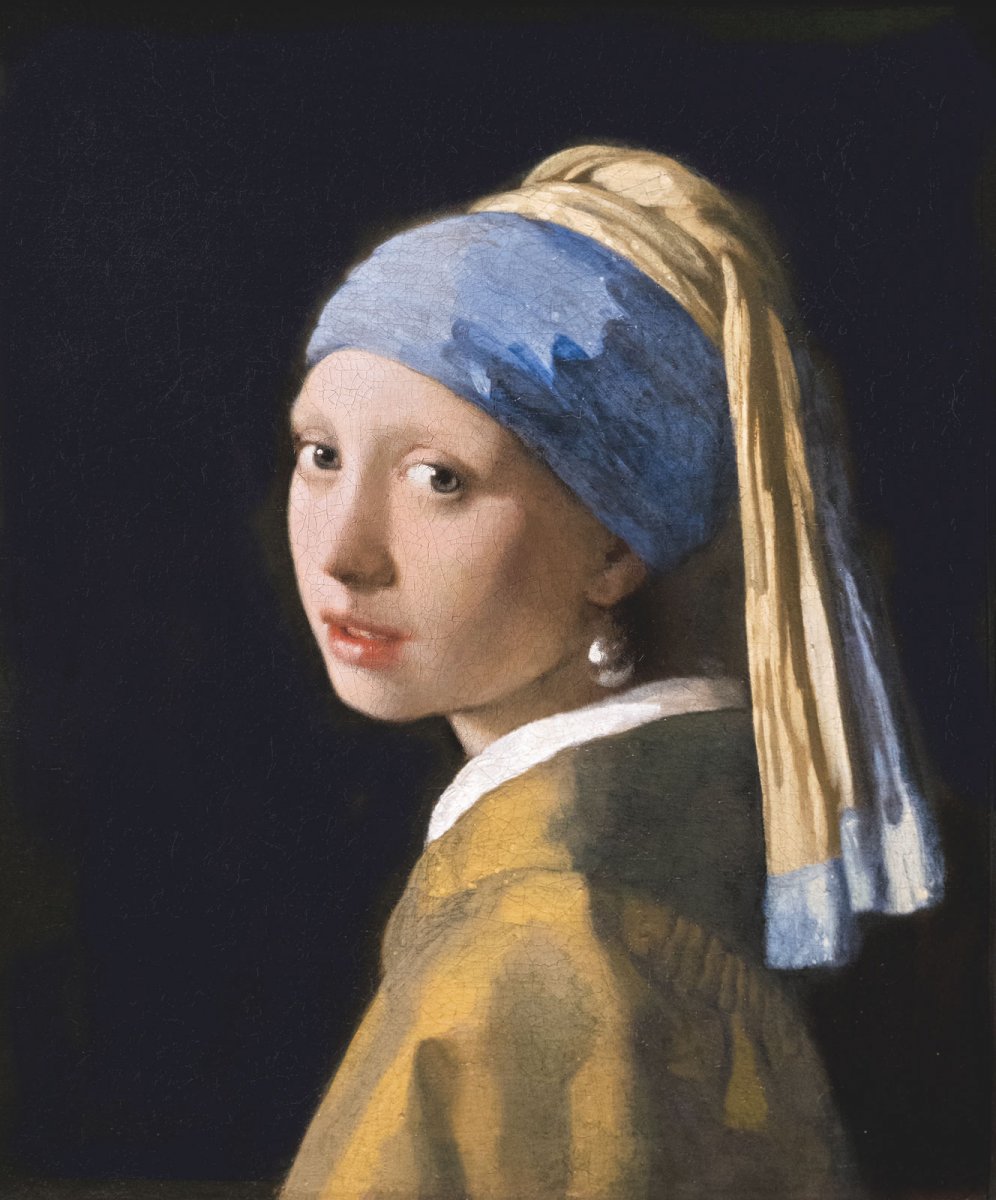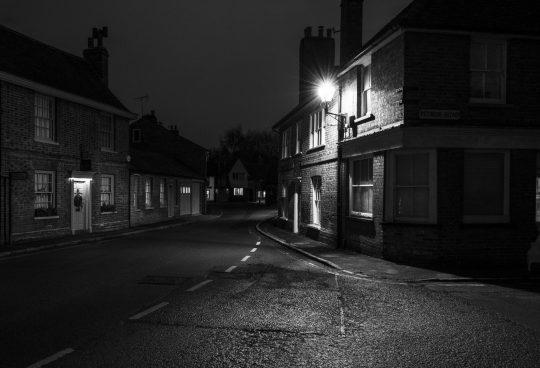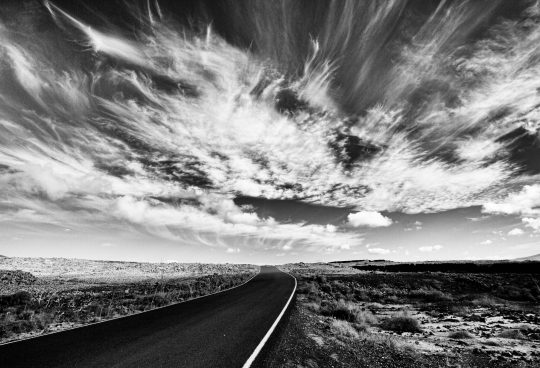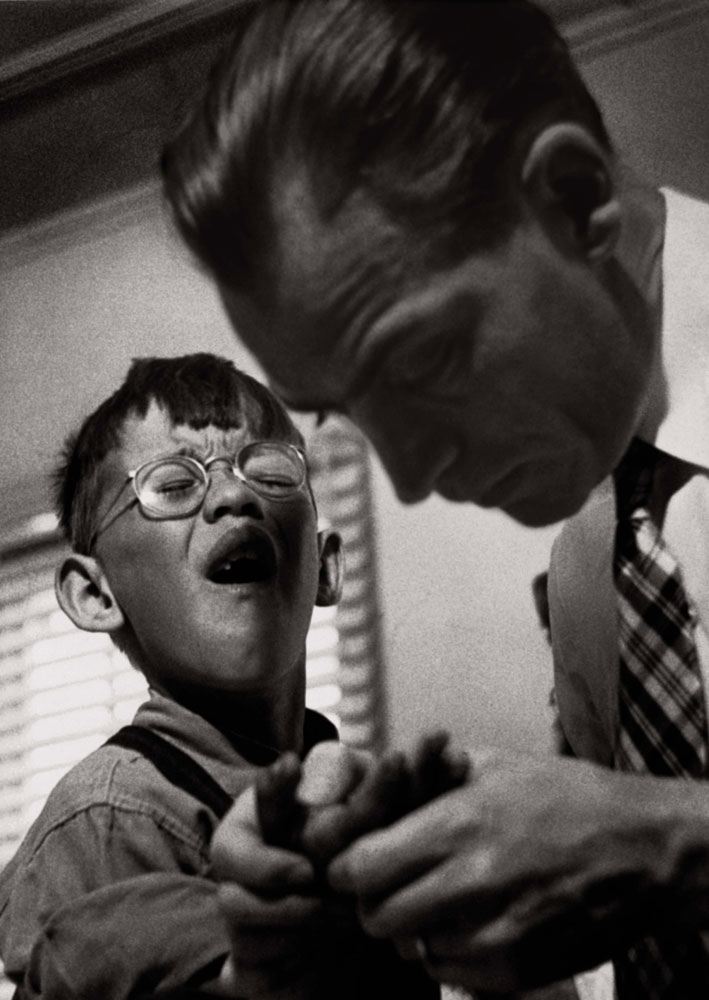‘Light makes photography. Embrace light. Admire it. Love it. But above all, know light. Know it for all you are worth, and you will know the key to photography’ George Eastmann
‘John Loengard, the picture editor at Life, always used to tell me, ”If you want something to look interesting, don’t light all of it.’ Joe McNally
‘I prefer to work with neutral diffused light, i.e. to produce an image without noticeable shadows. The viewer must allow the objects portrayed in the photograph to take their effect upon him without being distracted by shadows or other mood effects’. Michael Schmidt
The qualities of light
Light can completely alter how an image is perceived. The colour and quality of light can change over the course of a day (and seasons), whether it’s the warm light of dusk on a summers evening or darkened light of a storm approaching, it can define a photograph and add emotion. The quality of light adds to the creative pallet of the photographer and includes:
- Direction (impacts shadows and texture)
- Reflection –anything we see is a result of light bouncing off an object.
- Refraction – Light can pass through some objects and be redirected. Put a stick in a half-full glass of water, and you will see how the light is refracted differently as it passes through the air versus the water and the glass. Camera lenses also shape light through refraction.
- Diffusion (soft)
- Shadows –formed where light is blocked and the light source is strong or direct. They clues to the other qualities of the light.
- Harshness (as in strong sunlight with lots of contrast)
- Colour- be it warm as at sunrise / sunset, blue on a clear day or even the white light of midday.
Using light creatively
By understanding light, one can make the most of the light presented to create a look, a mood or atmosphere. Some photographers such as Michael Schmidt (or for example, architectural photographers) don’t use light creatively as they see photography as a recorder of reality and don’t want the photographic record compromised in any way.
Eugene Atget employed light similarly to document Paris- ‘In his early views of Paris, Atget the documentarian sought to illuminate his subject with an even clarity, the best to convey information. He usually made such images – see, for example, Environs, Amiens – in the middle of the day, when shadows were minimal.’ However he also used light to convey emotion- ‘Atget’s late photographs, however, are frequently marked by subjective light and deep shadows. Often made early in the morning, these pictures – such as Parc de Sceaux – use light and shadow to create a mood rather than to describe a place; they mark the apex of Atget’s formal and expressive investigations of the medium.’
As a photographer, we can manipulate aperture, shutter speed, iso and a camera’s white balance to create a mood or a look in photographs. White balance in a camera helps correct the colour that we are seeing as camera, unlike the human eye, needs help to do this correctly- ‘white Balance, we can index the colour we want to be white or neutral in colour, and all other colours in the scene will use that as a reference and adjust accordingly. Thus images shot in daylight, with flash, or under tungsten or fluorescent lights can all be adjusted for “correct” colour.’ Aperture controls the amount of light which shutter speed controls the rate that light falls on the sensor.
Chiaroscuro is the use of contrast in light and shading across an entire image composition. It is a technique that creates a three-dimensional quality in images on a two-dimensional plane. Chiaroscuro lighting was developed by Leonardo Davinci, Caravaggio, Vermeer, and Rembrandt.
Sources
Atget: https://www.theartstory.org/artist/atget-eugene/artworks/#pnt_1
Qualities of light: https://digital-photography-school.com/understand-light-and-color-improve-your-photography/
Michael Schmidt:https://americansuburbx.com/2010/10/michael-schmidt-thoughts-about-my-way-of-working-1979.html
Natural light in photography:https://www.picturecorrect.com/tips/seeing-the-light-how-to-use-natural-light-in-photography/


